Producers of alternative fuels have welcomed a Supreme Court ruling on air pollution. It required the UK government to submit new air quality plans to the European Commission no later than 31 December 2015 following its failure to comply with EU law setting limits for nitrogen dioxide (NO2) pollution in various areas across the country, including Greater London.
Older diesel cars and commercial vehicles are blamed for much of the pollution, although manufacturers say the latest vehicles are much less polluting.
Following the ruling the Liquefied Petroleum Gas trade association (UKLPG) unveiled new research showing that automotive LPG could play a significant role in the transport sector through to 2050.
The report supports the findings published in the Low CVP Infrastructure Road Map, which reveals that 40,000 automotive LPG conversions could be needed each year until 2030. Current demand levels for the fuel could quadruple, while petrol and diesel requirements could decrease by 50% to 80% between now and 2050.
UKLPG commissioned Millbrook Proving Ground to undertake a comprehensive review, Millbrook Evidence Report: The Future of LPG and its Use as an Automotive Fuel over the Next 35 Years’ (February 2015), to identify the role automotive LPG could play in the future of the transport sector through to 2050.
Millbrook’s Evidence Report highlighted the potential for automotive LPG to take an ongoing role within the UK’s current transport mix both as a mono and dual fuel. Identifying that the petrol market’s share should remain strong through to 2050 thanks to the continued dominance of traditional internal combustion powered engines, the report confirmed this could give the fuel a strong platform for increasing future take-up.
Automotive LPG is also a strong partner for future technologies, as the fuel possesses significant scope to work with fuel cells, plug-in hybrids and APU types, Millbrook’s research has found.
Millbrook’s report also called for greater recognition for the air quality benefits of automotive LPG.
“The research, backed by supporting evidence, clearly identifies the potential for a strong future for automotive LPG to 2050. We’re keen to work together with the automotive industry and policy makers to develop the future of low-carbon road transport in which automotive LPG plays a key role,” said UKLPG chief executive Rob Shuttleworth.
“As an incredibly versatile, plentiful and clean fuel, automotive LPG deserves far greater recognition for its air quality, low-carbon and cost effective benefits. Stronger collaboration across the automotive sector can help reduce harmful emissions, decrease fuel bills and make better use of the established infrastructure at the UK’s disposal.”
Phillip Taylor, principal engineer, Powertrain Integration, Alternative Propulsion, Energy and CO2 at Millbrook Proving Ground, added: “Based on our comprehensive, independent review of the available evidence, it is clear that there is a role for automotive LPG through to 2050. The international emissions data is favourable to LPG, showing strong performance under well-to-wheel testing conditions.
“In addition, the internal combustion engine will continue to make up a reasonable proportion of the total transport mix in the next 35 years and there are possibilities for LPG as both a mono and dual fuel, working with existing and future powertrain technologies.”
Gasrec, a producer of Liquefied Biomethane (LBM) as a vehicle fuel and provider of Bio-LNG welcomed the Supreme Court ruling.
Gasrec CEO Rob Wood said: “Hopefully this will be a wake-up call for the government and wider transport industry – which is responsible for the bulk of NO2 emissions – that the development and adoption of natural gas fuelled vehicles should be greatly speeded up. At present there are around 700 such heavy goods vehicles operating daily on UK roads; this number could be exponentially increased with the right incentives and desire to improve UK wide air quality.
“We already know that HGVs represent around 2% of road vehicles but produce a disproportionate 20% of road transport CO2; they also deliver high levels of NO2 and particulates pollution. But when using a natural gas fuel, which can also be enhanced with biomethane derived from waste products, HGVs can deliver CO2 savings of up to 70%. They can also substantially reduce NO2 emissions and virtually eliminate particulates.
“We would urge the UK government to follow the lead of other European cities like Paris, which has a plan to remove most diesel vehicles by 2020 and replace diesel busses with much cleaner gas fuelled busses. This approach also makes commercial sense as running on gas is less costly than diesel even after capital costs are factored in.”





















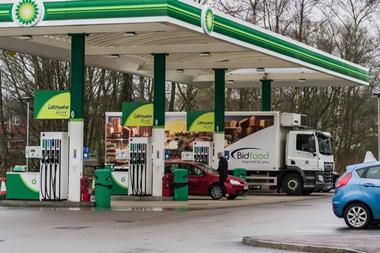
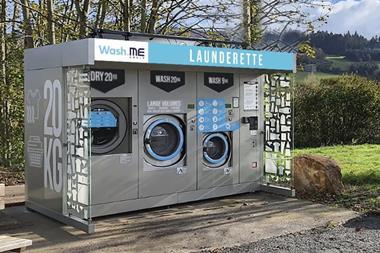
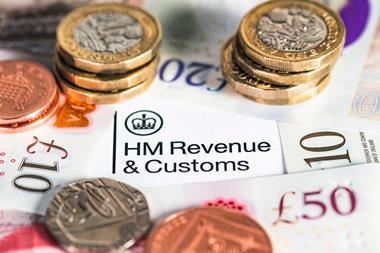
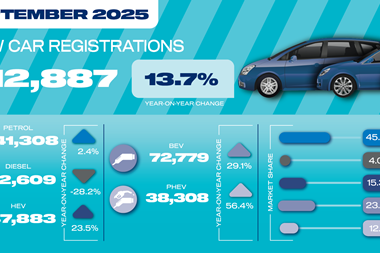
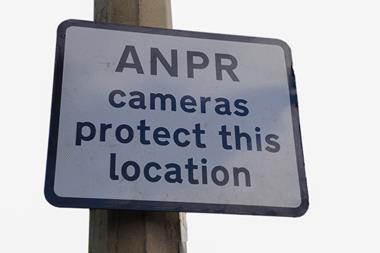
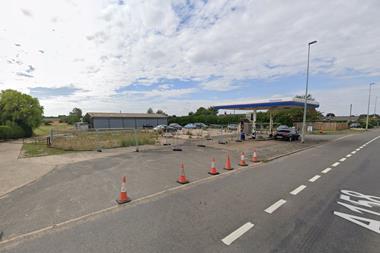
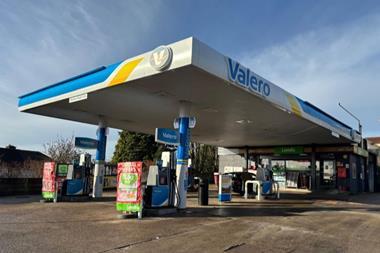


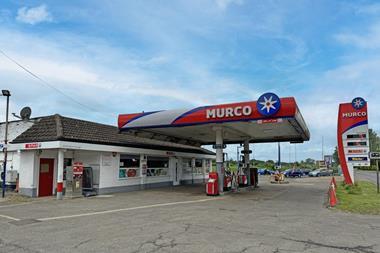
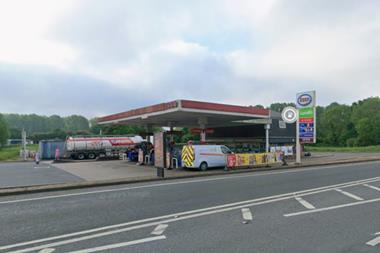
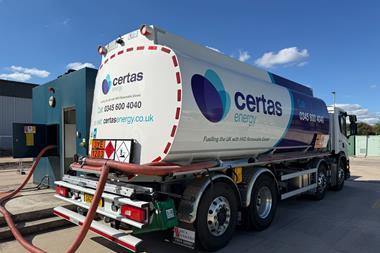
No comments yet